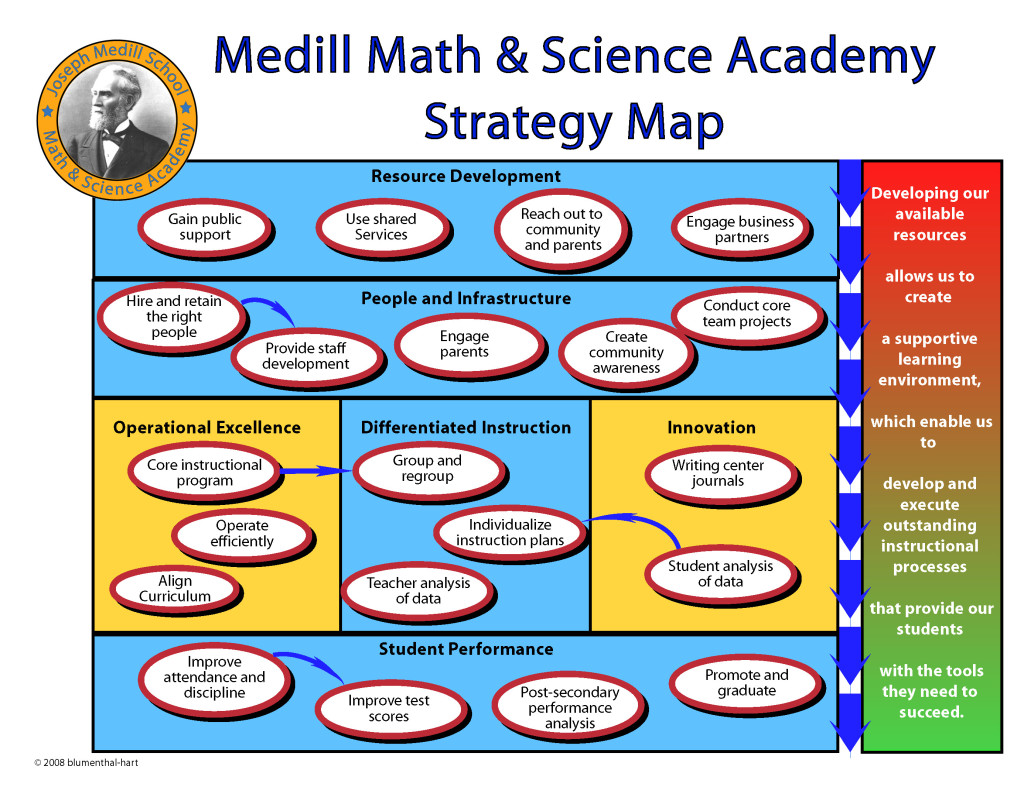There is a common belief that since the cost of reproducing an e-book is virtually nil and certainly less than printing one, that e-books should cost less to the consumer. The answer is maybe. It all hinges on several variables including the fixed a variable costs along with the revenue model used.
The Profit Model
Let’s define a few parameters first.
- F — the fixed cost of developing the book, i.e. copy 1
- V — the variable cost of producing and distributing a book
- P — the price of the book
- U — the units sold
The revenue, cost, and resulting profit to the publisher is given by:
- Revenue = P x U
- Cost = F + V x U
- Profit = Revenue – Cost= (P – V) x U – F
In deciding to publish or not, various estimates are made as to the expected values of the variables involved. On the cost side F and V can often be gauged by prior publications, and P is under the control of the publisher and market realities. Eventually one arrives at a set of estimates that yield a profit to earn the cost of investment F.
Trade Book vs. Text Book
Here’s where the story diverges. Trade books have very low values of F compared to textbooks that have increasingly higher fixed costs of development. While advances in printing technology have resulted in moderate variable costs, trade and text do have structurally differing values. E-Books have virtually no variable costs associated with them.
Risk and Reward
Now the remaining question revolves around the risk involved. If we define risk as the variance of profit, then we have:
- Risk = VAR[Profit]= (P – V) x VAR[U], assuming P and V are known
As V goes down, Risk goes up. Also, as F goes up, the need for profit goes up to cover the cost of capital (and Risk).
Trade books can survive these economic considerations and still be competitive, but the textbook with very high fixed development costs cannot, at least under the current revenue model.
With revenue totally dependent on volume there is no wiggle room. If, on the other hand, revenue was guaranteed, fixed at a level independent of units, the the low variable cost, high fixed cost model will work.
We will see electronic materials (textbook replacements) in the Elhi market before the Higher Ed market. District and state wide adoptions guarantee revenue up front, whereas the individual professor adoption, single student purchase model leaves too much risk on the table at this time. The result will most likely be increases in the price of text books for both printed and electronic, but driven primarily by the need to cover the increased risk associated with higher fixed and lower variable costs.
The trade book, however, has little to no fixed cost. Lowering the variable cost can allow electronic versions to be priced lower. We should see these popular books decrease in price over time due to competitive pressures.
Conclusion
Not all books are created equal. Textbooks used in education and other materials requiring greater fixed investment to bring to market will most likely require higher prices. Trade books on the other hand where there are low fixed costs will decrease in price in their electronic versions.


